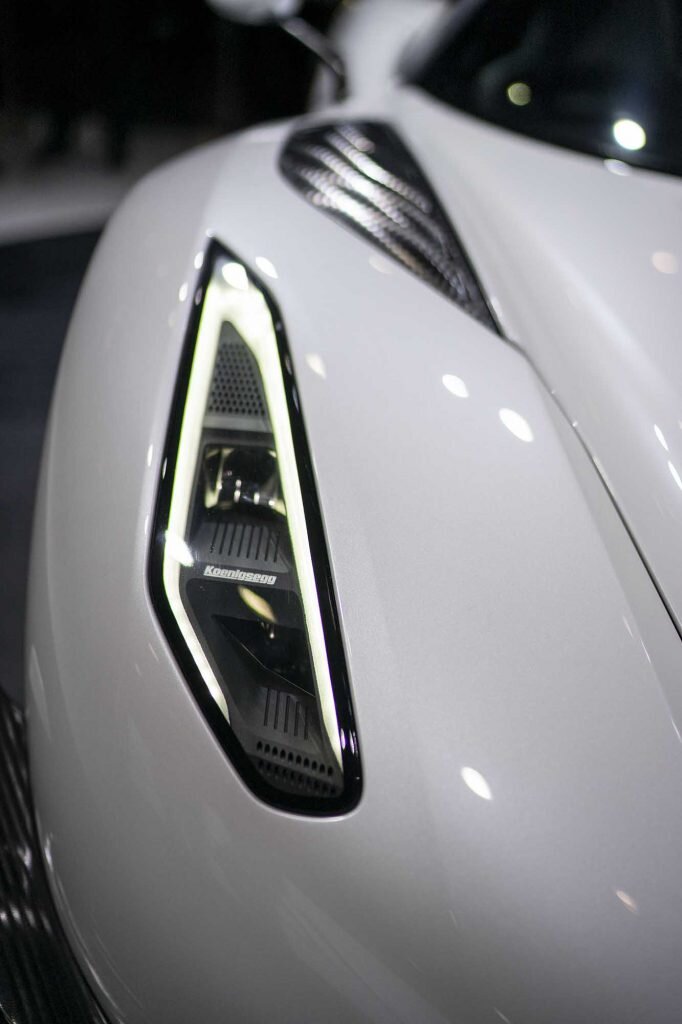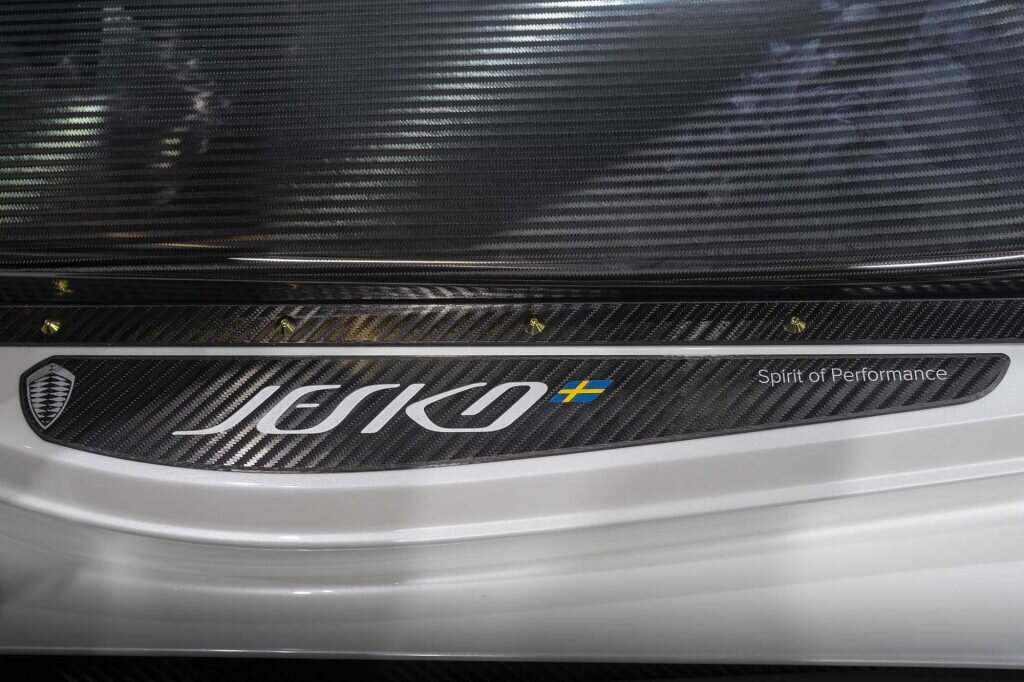GIMS Live: Koenigsegg Jesko Launched | Pics & Facts
Koenigsegg and their urge for progression seems to have no end.
The king is dead, all hail the king! Koenigsegg has introduced the successor to the Agera at GIMS 2K19 and the brand new megacar wears the honourable name 'Koenigsegg Jesko.' Honourable? Yes, as Jesko is the name of Christian's dad. A man who has played a great role in getting the company financially healthy.
As always with a new Koenigsegg, it means digging into the work the brand has done. And the Koenigsegg Jesko is no different, as it is yet again a downright tech-fest. First I'll run you through some numbers and then we'll dive deeper into the craziness. The improved V8 now offers 1260 HP on regular fuel and 1600 HP on E85. The car has a claimed Vmax of 485 KPH and can generate a maximum downforce of 1400 kilograms (!!!!!!!!).
Big numbers always impress, but making them work is where Koenigsegg shines. They achieve this by constantly improving and re-developing technology in house. When they hit a proverbial technical wall, the brand occasionally develops new systems like the Direct Drive for the Regera. For the Jesko the brand has developed a new transmission called Light Speed Drive. A system capable of skipping (!) gears when a lower gear ratio is needed to access maximum power. A computer system aids the driver by selecting that specific gear almost instantly, which the brand calls Ultimate Power on Demand (UPOD).
LSD
That increased shifting capability comes with the advantage of the system being 25% lighter and 50% shorter than the previous system. This allows for an optimised positioning in the car, benefiting the weight distribution. Better distribution means better handling, but you'd be a fool to think the brand stopped there. The Koenigsegg Jesko is the first car from the brand to feature 4-wheel steering, accompanied by all the benefits you should be familiar with. The front axle Triplex-suspension gained an overhaul too to cope with the massive downforce the car can generate at the front end. Same goes for the back.
Downforce for the Jesko comes in at 800 kilograms at 250 KPH, 1000 kilograms at 275 and they claim 1400 kilo withouth a speed number attached to it. Even the mirrors play a role here: adding 20 kilograms of downforce. All this grip-improving capacity comes without all too much drag, as the rear wing can change the angle of attack to meet the different demands the driver might encounter.
Downforce visualized
What about the engine? Well, it now sits in a new carbon chassis that allows for 40mm leg room and 22mm height for the passengers of the Koenigsegg Jesko. That chassis also uses Dyneema, an industry first for this fibre.
The engine is still a twin-turbo V8, but is now a flat-plane V8 with lightweight pistons and rods to minimize the vibrations. In addition, a lightweight crankshaft (12.5 kilograms) allows for a raised RPM limit of 8,500 rotations per minute. The steel pistons (540 gram) feature a curved surface to reduce peak pressure. In addition, the surface features a ceramic coating that prevents early detonation and local hotspots on the header. The overall effectiveness is also increased by an e-compressor, limiting turbo lag. Last on the list (I could go one though, click here for more) for the Jesko is a tumble valve on the air-intake that warps the air into a turbulent flow, this offers a higher yield for the combustion process.
The interior of the Koenigsegg Jesko offers all the modern creature comforts with full a range of customizations on offer. Even the paddles for the LSD can be placed in line with the customers wishes. Touchscreens have also found their way into the car. Only the future will tell what customers will make of this interior and exterior for that matter.

















